The F-100 Super Sabre Overcame Significant Engineering Challenges To Become A Legendary Fighter Bomber
North American’s F-100 Super Sabre served the United States for 25 years. The Hun was the first American fighter jet capable of level supersonic flight. Progenitor of the Century Series, the F-100 was conceived in 1949 and developed during the 1950s- serving during some of the hottest years of the Cold War. North American’s justly famous F-86 Sabre jet fighter was the aircraft upon which the Hun was loosely based. One of the first American aircraft to incorporate significant amounts of titanium in its structure, the F-100 was much more than a redesigned F-86.
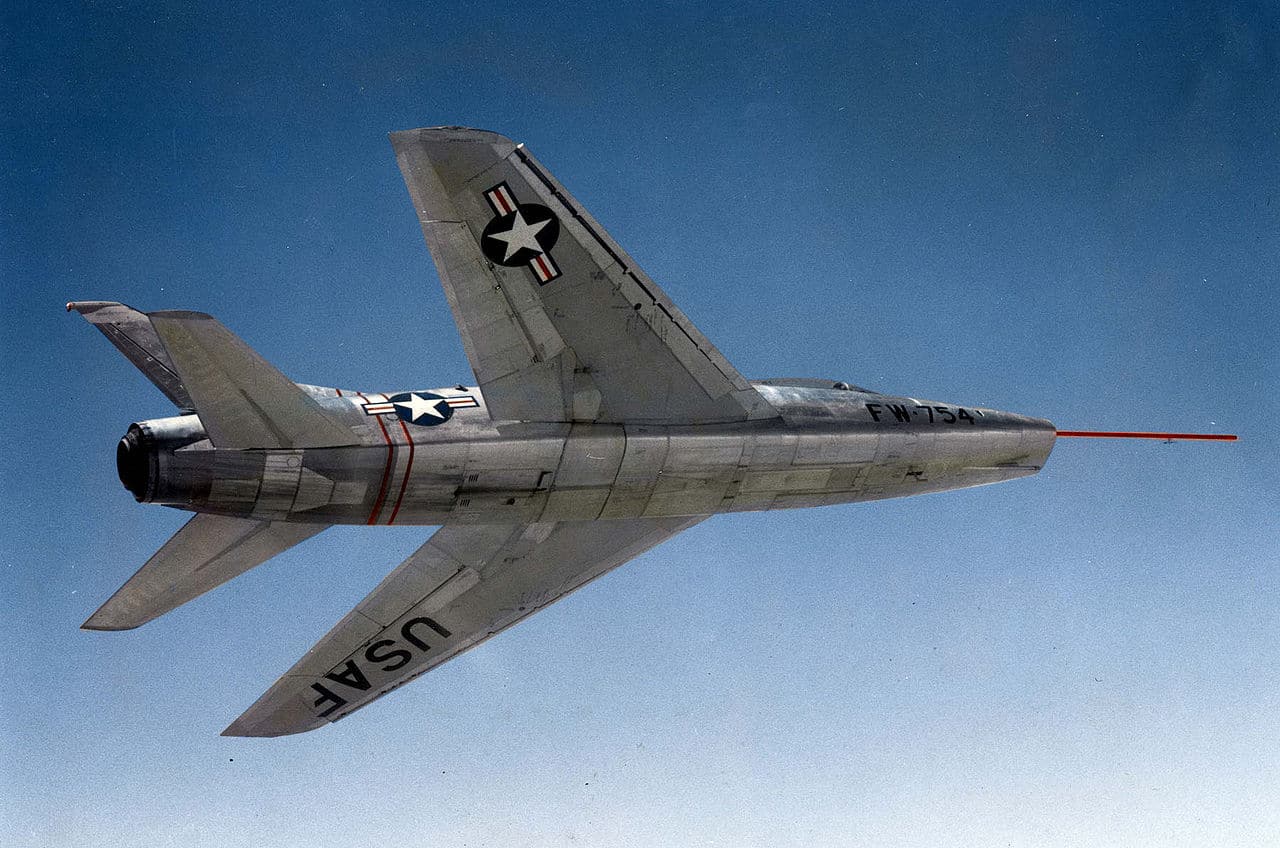
Bought Before It Was Built
The F-100 began as an unsolicited proposal for a supersonic day fighter to the United States Air Force (USAF). Because the F-100 was equipped with wings swept at 45 degrees, it was initially dubbed the Sabre 45. North American’s mockup of the design was inspected on 7 July 1951, and after over a hundred modifications, the new aircraft was accepted as the F-100 on 30 November 1951. On 3 January 1952, the USAF ordered two prototypes (YF-100As) to be followed quickly by 23 F-100As for delivery in February of 1952 and 250 more F-100As for delivery in August of 1952.
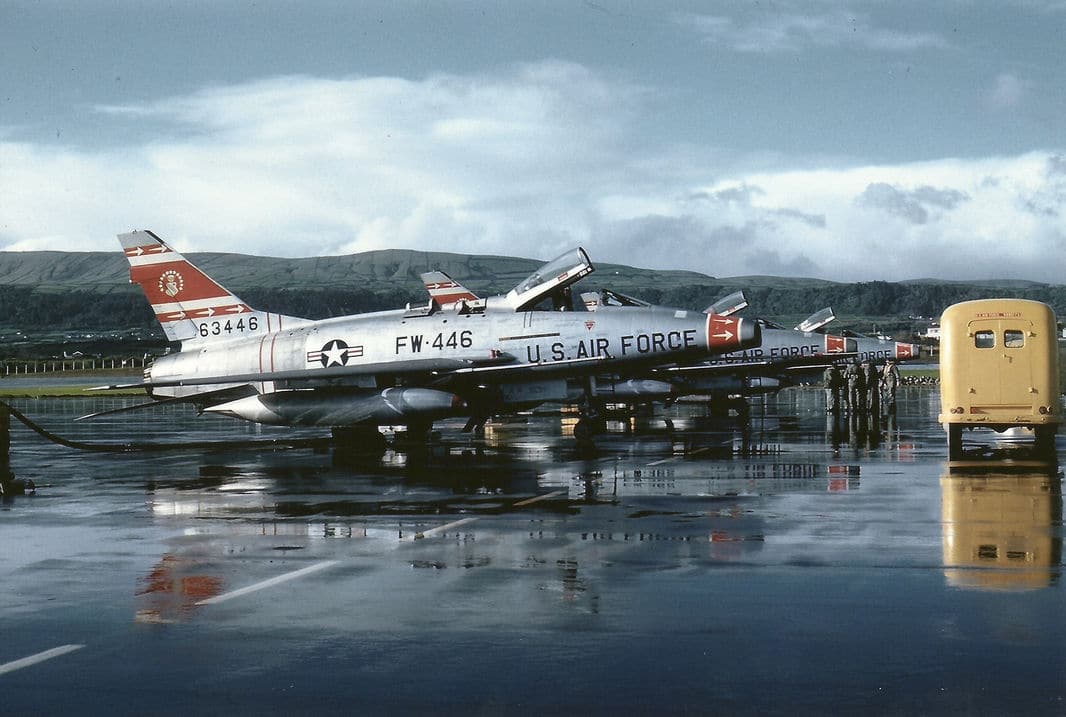
Deadly Sabre Dance
First flown in May of 1953, the YF-100A prototype performed so well that the F-100A went into production just five months later. But when Pearl Harbor hero and North American test pilot George Welch was killed in an early production F-100A during October of 1954 the cause was determined to be yaw instability-induced inertia coupling. Additional flight testing revealed that as the F-100A approached stall speeds, lift reduction on the outer wings could cause a violent pitch-up- the Sabre Dance.
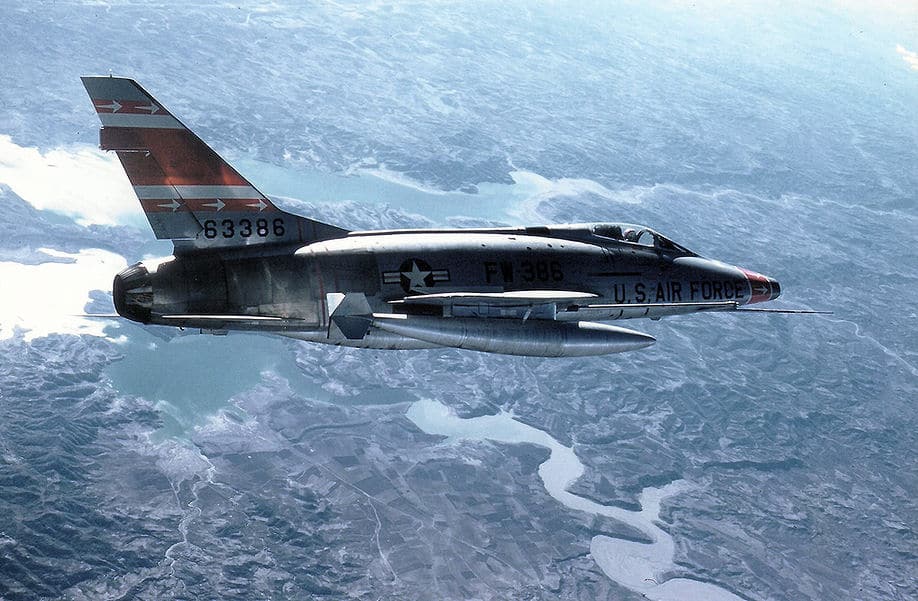
Prone to Problems at First
Potentially deadly design issues notwithstanding, the F-100A was pressed into service quickly due to delays in the other fighter-bomber in development at the time, Republic’s F-84F Thunderstreak. The Hun went into service with the USAF Tactical Air Command (TAC) in September of 1954. TAC immediately requested that subsequently delivered F-100s be capable of “special weapons” (tactical nuclear weapons) delivery and that they keep the four 20 millimeter cannons mounted in the forward fuselage. However, no less than six major mishaps occurred within just two months. The entire fleet of F-100As was grounded until February of 1955.
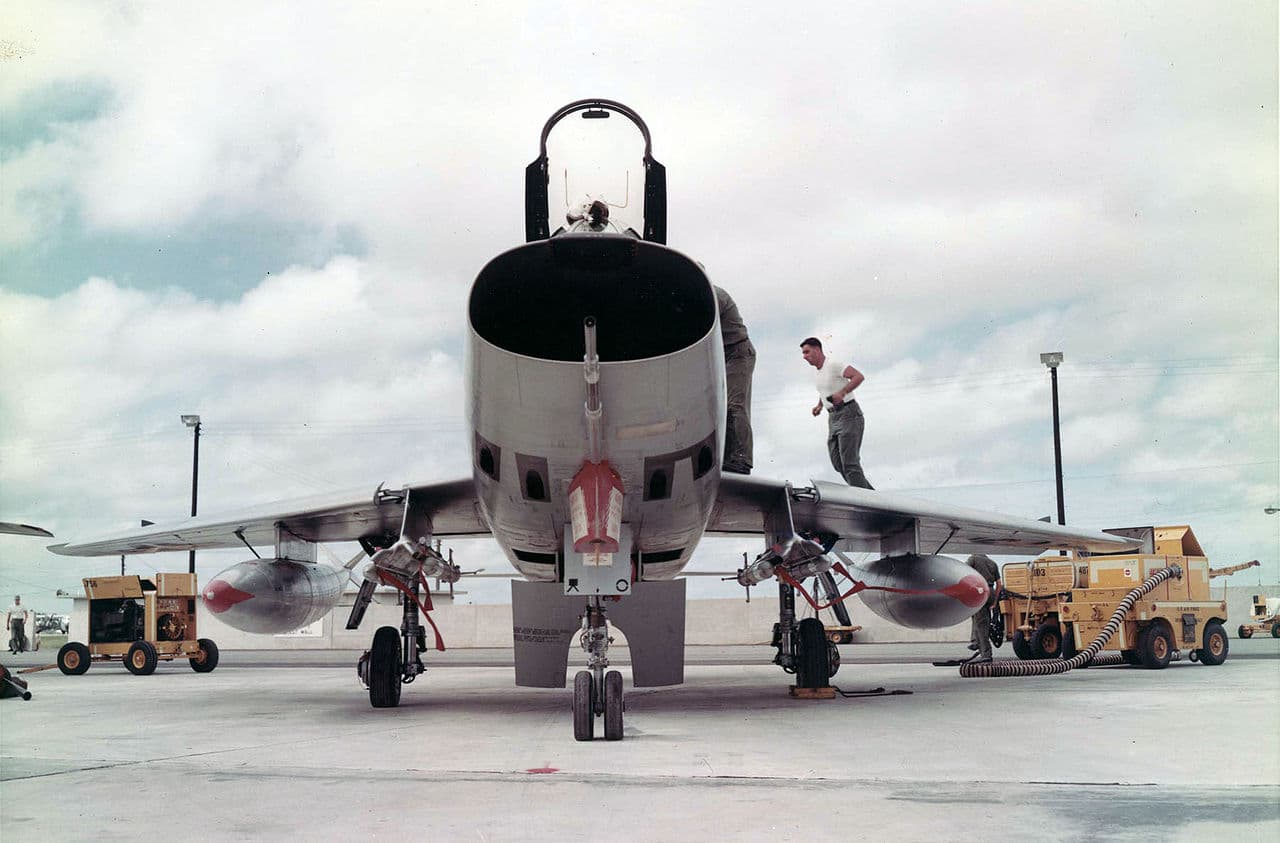
Those Slick Chicks
One noteworthy modification program was the Slick Chick RF-100A photographic reconnaissance variant. Six F-100As were modified to fit cameras in place of the gun armament. Because the camera equipment would not all fit within the available space the engineers added a bulge that extended from below the windshield almost to the trailing edge of the wing. RF-100As apparently flew some highly sensitive missions over Soviet-occupied territories in Europe during some of the hottest days of the Cold War. Many of these missions are still classified today. After their service in Europe the Slick Chicks were used by the Taiwanese. Those missions are also still classified too.
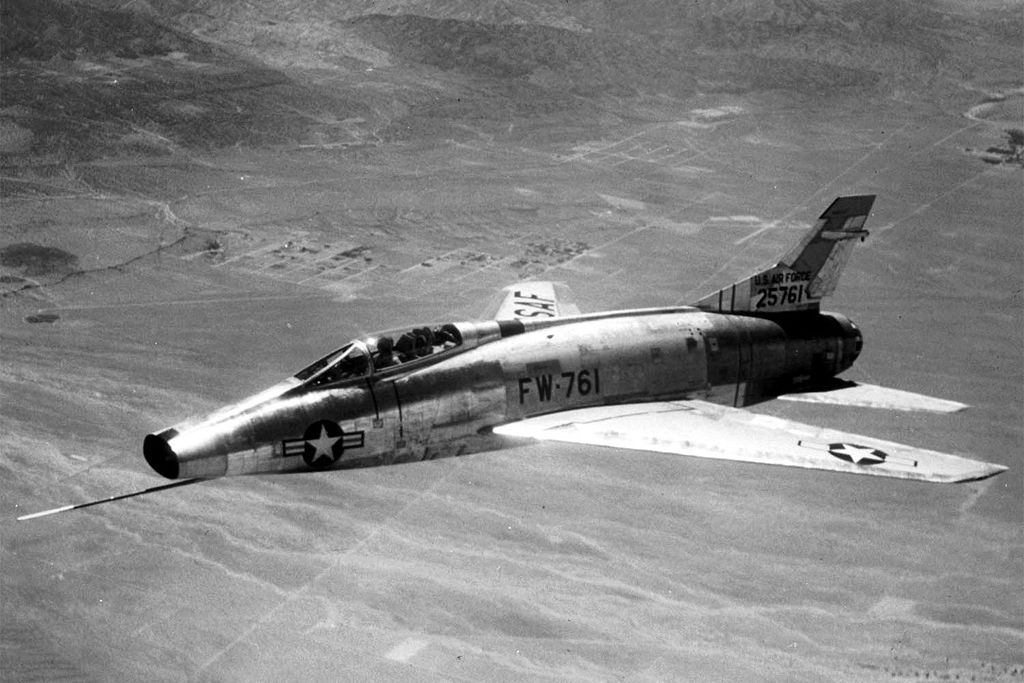

[…] UH-1D and UH-1E IroquoisCessna O-1 Bird DogDouglas C-47 Skytrainde Havilland Canada C-7A CaribouNorth American F-100D Super SabreHelio U-10D Couriera Lockheed P-2 Neptune from VP-18 Flying PhantomsFairchild C-119 Flying […]
As a side note the only air to air kill of a B-52 was by a NM ANG F-100